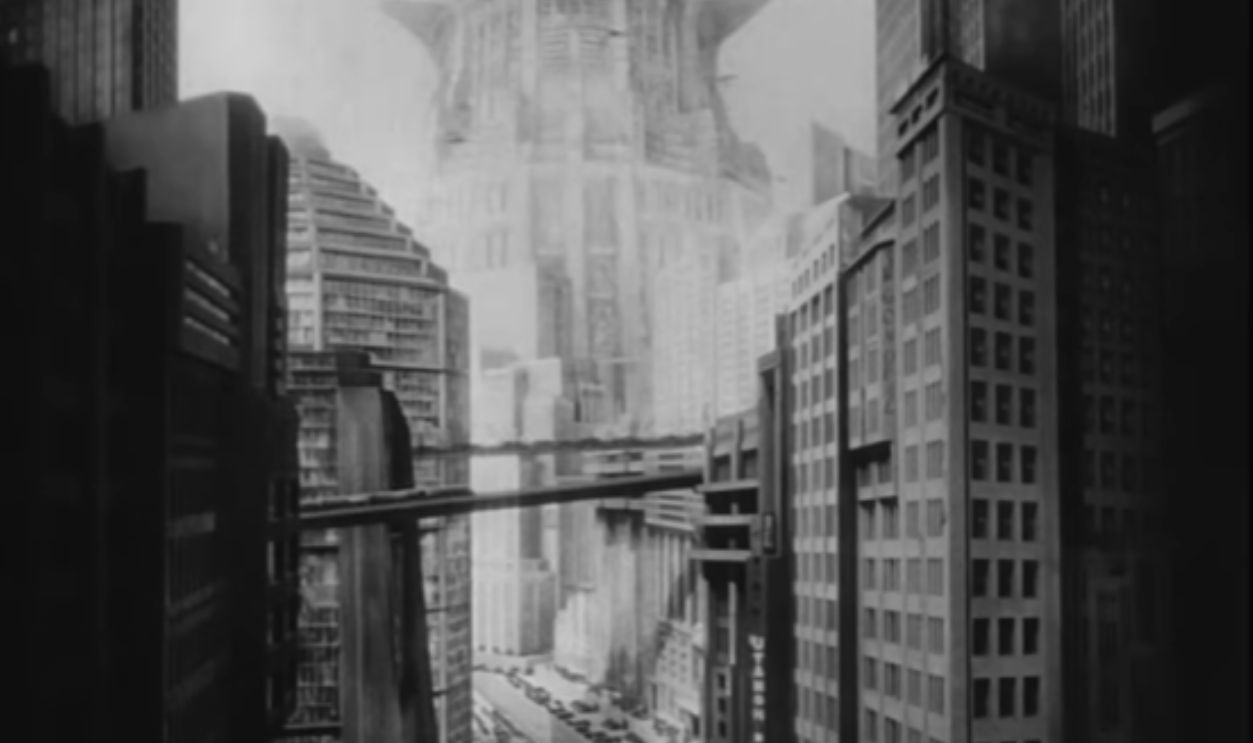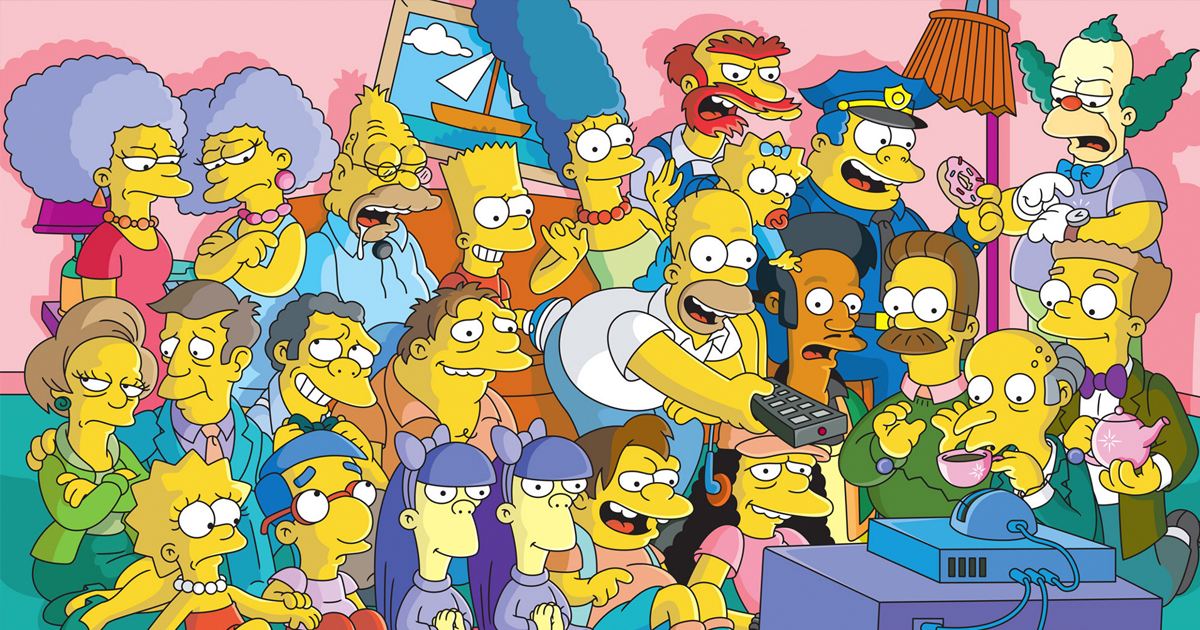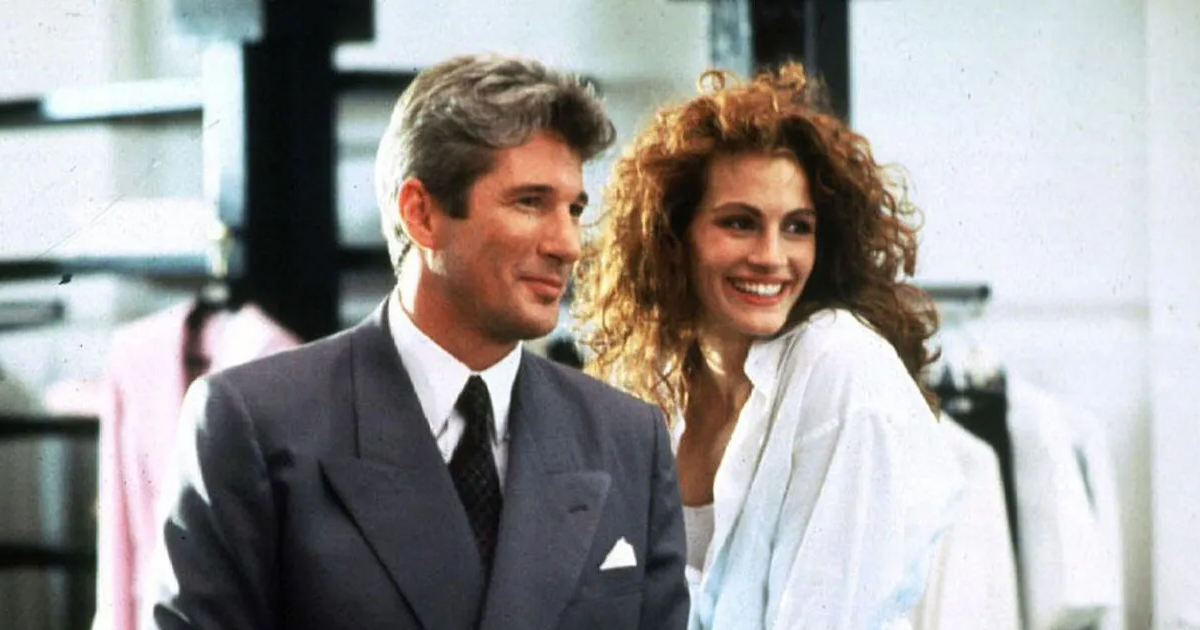When Hollywood Built Worlds By Hand
Before green screens swallowed entire studios, filmmakers built their dreams from steel, plaster, and sweat. Whole cities rose from sand lots, and oceans appeared in desert valleys—only to be dismantled once the cameras stopped rolling. Here are ten of the most intricate sets ever built—monuments to movie magic that were ultimately torn down.
WarGames (1983)
Before the days of sleek tech thrillers, WarGames imagined a world where teenage hackers could nearly trigger nuclear unrest. Matthew Broderick’s David Lightman stumbles into a simulation, mistaking a game for reality. The movie’s mix of Cold War paranoia and youthful curiosity made it a defining techno-thriller of the '80s—and one that gave computers an eerie sense of danger.
 MGM/UA Entertainment Co., WarGames (1983)
MGM/UA Entertainment Co., WarGames (1983)
The NORAD Command Center
Built for a staggering $1 million, the NORAD set was the most expensive of its kind at the time—outpacing the real facility it was meant to portray. The glowing walls, enormous screens, and blinking lights turned data into drama. Ironically, the real NORAD’s brass felt upstaged by Hollywood’s version. The set’s futuristic design was so good, later films like Edge of Tomorrow and Ant-Man reused it, proving its staying power decades later.
 MGM/UA Entertainment Co., WarGames (1983)
MGM/UA Entertainment Co., WarGames (1983)
Waterworld (1995)
Dubbed “Kevin’s Gate” during production, Waterworld floated into theaters on a sea of budget overruns. Kevin Costner starred as the gilled antihero in a post-apocalyptic ocean where dry land was myth. Though it was mocked upon release, the movie eventually turned a profit and earned a cult following for its ambitious world-building and stormy behind-the-scenes tales.
 Universal Pictures, Waterworld (1995)
Universal Pictures, Waterworld (1995)
The Atoll Set
The crown jewel of the film’s ambition was the Atoll—an enormous floating fortress built from steel, timber, and optimism. It cost roughly $22 million to build, and took over a year to complete before storms and production woes battered it. But even if the movie nearly sank the studio, the set lived on—its legacy reborn as the WaterWorld Live Show at Universal Studios, where jet-ski pirates still reenact the movie’s explosions daily.
 Universal Pictures, Waterworld (1995)
Universal Pictures, Waterworld (1995)
Crimson Peak (2015)
Guillermo del Toro’s gothic romance Crimson Peak was less about scares and more about seduction—the kind that creeps in through candlelight and cobwebs. The story of Edith Cushing and her mysterious new husband unfolds like a fever dream inside a haunted mansion that seems to breathe with the ghosts of its past.
 Universal Pictures, Crimson Peak (2015)
Universal Pictures, Crimson Peak (2015)
Allerdale Hall
Built from the ground up on a Toronto soundstage, Allerdale Hall wasn’t just a set—it was a character. Designed in layers to reflect generations of decay, the house literally bleeds red clay through its walls, a metaphor made tactile by del Toro’s obsessive craftsmanship. Every creak and shadow feels deliberate, every corner whispering history. It’s one of the last truly great physical sets in modern cinema.
 Universal Pictures, Crimson Peak (2015)
Universal Pictures, Crimson Peak (2015)
Metropolis (1927)
Before Blade Runner or The Matrix, there was Metropolis. Fritz Lang’s silent sci-fi epic envisioned a futuristic city where machines enslaved mankind and class divides reached cosmic proportions. Its mix of industrial beauty and dystopian despair influenced almost every futuristic film that followed.
The Metropolis Cityscapes
Lang’s production team built towering skyscrapers, bridges, and streets across massive soundstages, using expressionist designs that transformed architecture into emotion. With a budget that dwarfed most films of its era, Metropolis’s city set became a living allegory of modernity’s promise and peril. Though the set was demolished after filming, its blueprint remains etched into cinematic history.
Cleopatra (1963)
Elizabeth Taylor’s Cleopatra was less a film and more an empire—one that nearly bankrupted 20th Century Fox. Lavish costumes, royal scandals, and a real-life affair between Taylor and Richard Burton turned the production into the most expensive spectacle of the decade. Despite the chaos, it was a box office smash.
 20th Century Fox, Cleopatra (1963)
20th Century Fox, Cleopatra (1963)
The City of Alexandria
When production moved from Los Angeles to Rome, an entire ancient city rose from the Italian countryside. Alexandria was brought to life with grand sphinxes, palaces, and courtyards fit for gods. The set ballooned the budget to a staggering $31 million (over $300 million today), but it dazzled audiences with its scale. Even as the studio tore it down, the myth of Cleopatra’s extravagance only grew.
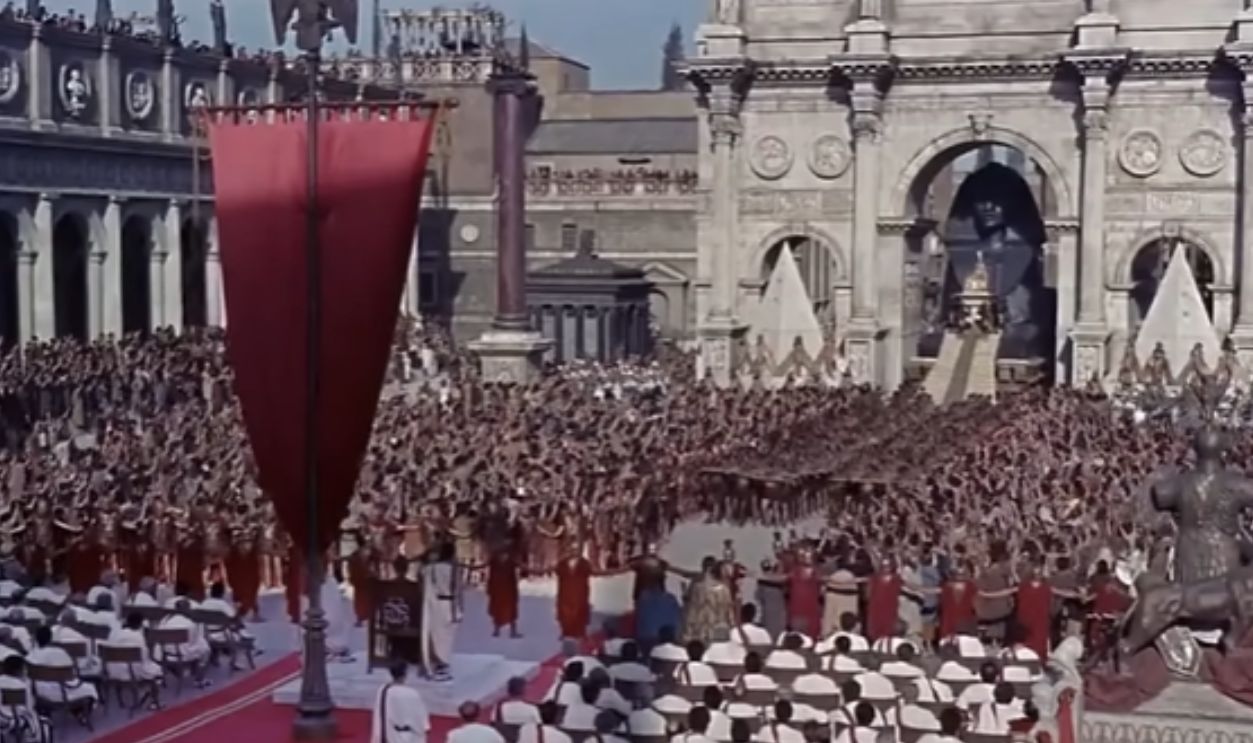 20th Century Fox, Cleopatra (1963)
20th Century Fox, Cleopatra (1963)
Alien (1979)
Ridley Scott’s Alien didn’t just redefine horror—it reinvented science fiction. Trapped aboard the Nostromo, a crew of space truckers faces off against a monster unlike anything audiences had seen before. The film’s dread came not just from the creature, but from the claustrophobic beauty of its world.
 20th Century Fox, Alien (1979)
20th Century Fox, Alien (1979)
The “Space Jockey” Chamber
Swiss artist HR Giger’s masterpiece, the Space Jockey set, was a biomechanical nightmare—part cathedral, part carcass. Built to scale, it made the human crew look like insects inside a fossilized giant. The set’s haunting design suggested a civilization far older than humanity, fusing art and horror into something transcendent. Once destroyed, only fragments survived—but its ghost lingers in every Alien sequel.
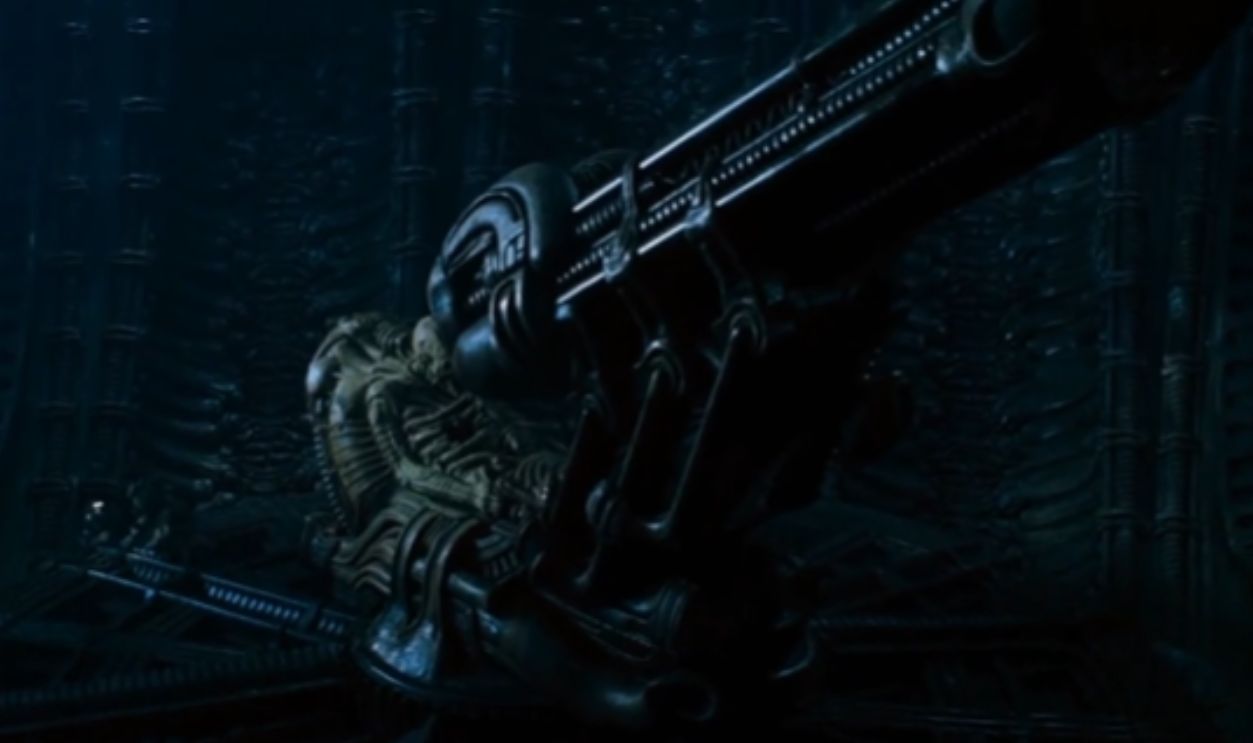 20th Century Fox, Alien (1979)
20th Century Fox, Alien (1979)
Intolerance (1916)
After The Birth of a Nation sparked outrage, D. Griffith tried to redeem himself with Intolerance, a massive four-part epic preaching universal understanding. The irony was as grand as the film itself. Still, it marked a turning point in cinematic ambition, blending technical innovation with sprawling storytelling.
 Triangle Film Corporation, Intolerance (1916)
Triangle Film Corporation, Intolerance (1916)
The Babylon Set
Griffith built Babylon on Sunset Boulevard—complete with 300-foot walls and 3,000 extras roaming the streets. Chariots thundered past temples, and camera cranes soared where most filmmakers were still using tripods. Though the set was demolished, its scale was unmatched for decades, proving that early Hollywood was as audacious as it was flawed.
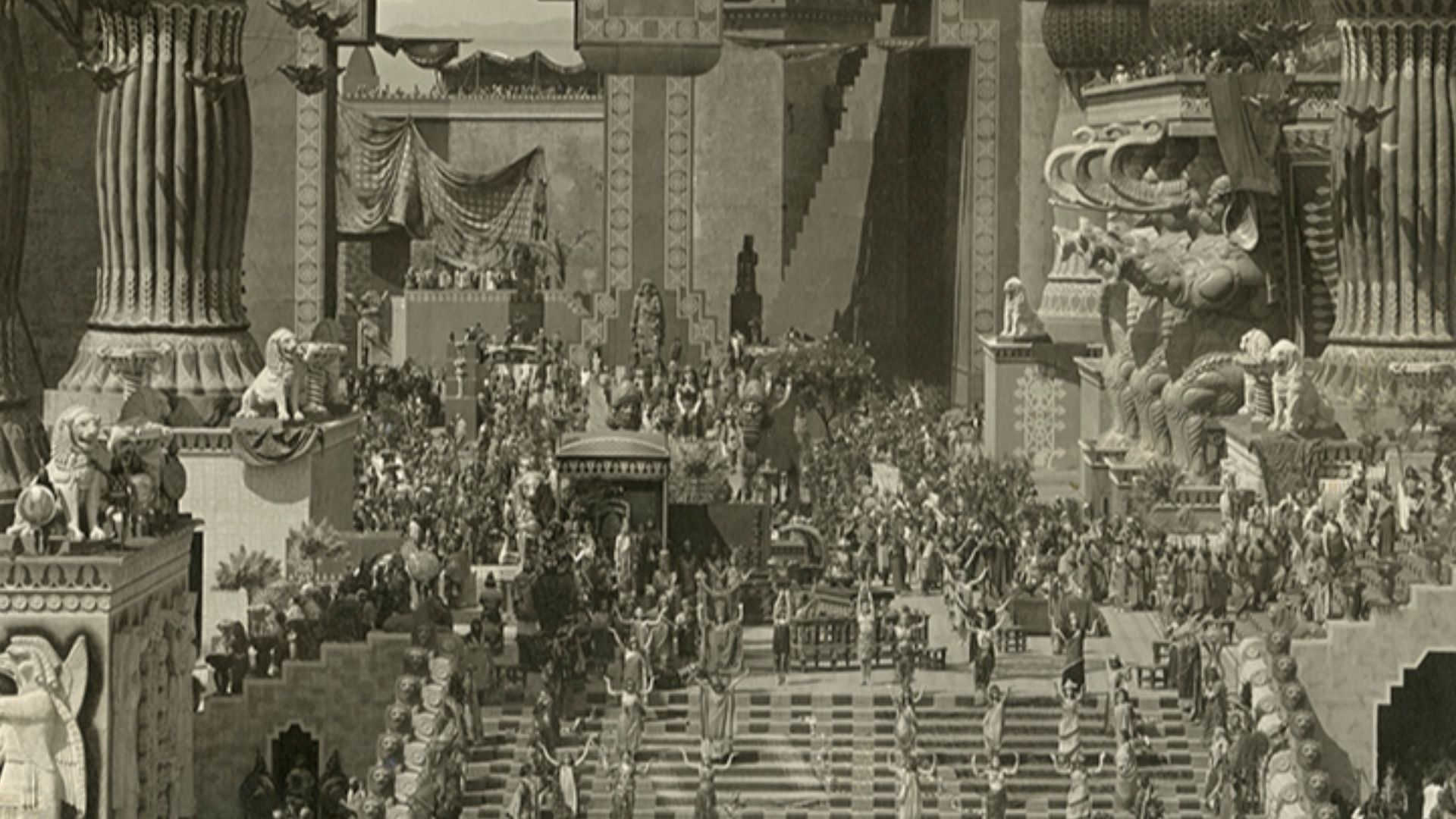 Wisconsin Center for Film and Theater Research, Wikimedia Commons
Wisconsin Center for Film and Theater Research, Wikimedia Commons
The Empire Strikes Back (1980)
The Star Wars sequel deepened the mythos with darker tones and stunning new worlds. From the icy desolation of Hoth to the foggy mysticism of Dagobah, every frame expanded the galaxy far, far away. But the real star—besides Yoda—was a certain beat-up freighter.
 20th Century Fox, The Empire Strikes Back (1980)
20th Century Fox, The Empire Strikes Back (1980)
The Millennium Falcon Build
The Falcon’s full-size exterior, built for Empire, was a technical marvel—a 25-ton hulk of steel and hydraulics that could actually lift a few feet off the ground. Nicknamed “Magic Roundabout” during construction, it took three months to complete and looked ready to fly for real. Disney’s modern replicas are impressive, but none capture the raw, mechanical soul of the original.
 20th Century Fox, The Empire Strikes Back (1980)
20th Century Fox, The Empire Strikes Back (1980)
Titanic (1997)
James Cameron’s Titanic wasn’t just a movie—it was a time machine. The doomed romance between Jack and Rose unfolded aboard a painstakingly recreated vessel, capturing every rivet and chandelier before sending it to a watery grave. The movie made history by winning 11 Oscars and breaking box office records worldwide.
 Paramount Pictures, Titanic (1997)
Paramount Pictures, Titanic (1997)
“The Big Ship”
Cameron’s crew built a 90% scale Titanic on Mexico’s Baja coast, capable of tilting, flooding, and breaking apart on command. Costing $40 million, it became the largest moving set ever built. Watching it sink—over and over again—was both mesmerizing and heartbreaking. When production wrapped, the ship was dismantled, but its grandeur forever changed what audiences expect from epic filmmaking.
 Paramount Pictures, Titanic (1997)
Paramount Pictures, Titanic (1997)
You May Also Like:
These Films Took Over A Decade To Finish, And We Can See Why
The Most Iconic Teen Comedies Of The 80s & 90s
We All Wish We Could Find Love Like These Iconic Movie Couples
Source: 1



